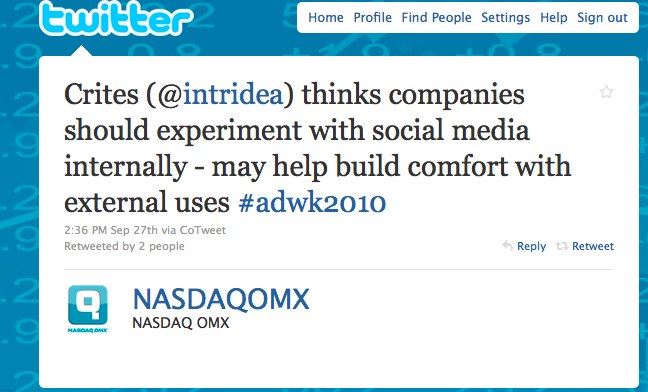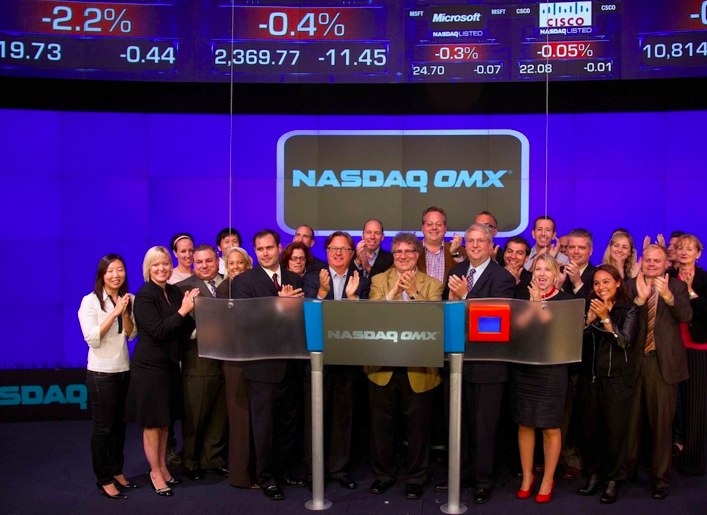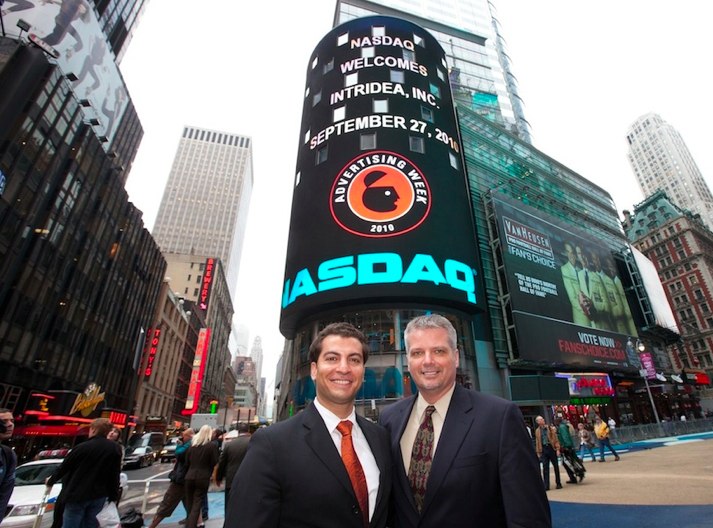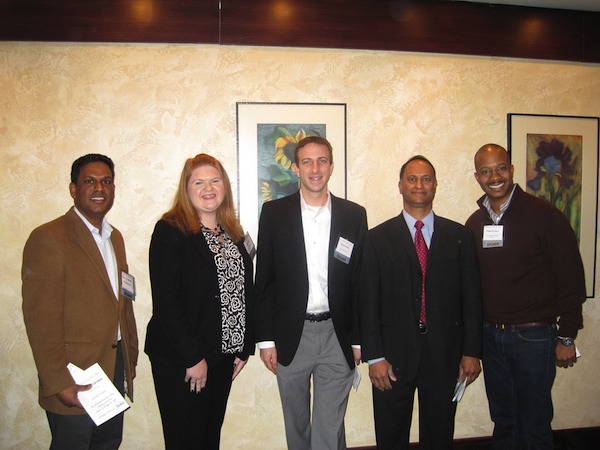
You often hear the term, “you are what you eat” - It’s cliche, yet an accurate statement. The principle ideology for this term is that your overall health is determined by your eating habits. In simpler words, the better you eat, the better you feel. This same concept can be said to be true in the sphere of online marketing. Bottom line, the richer the content you use on your platforms, the healthier your brand is but the only draw back: you must know your audience in order to capture what content they are specifically looking for.
Let’s pretend websites, online marketing channels and social media platforms are your “body”, and the content that you put online is the “food”. What am I talking about? Your brand! Each platform serves a similar purpose; to connect and convey a message. The value of strong, unique and consistent content is a must. If you mock others, choose content that doesn’t reflect your brand, or don’t care much in devising and developing a well put together platform… well, it’s like you just ate 4 Big Macs, 13 Kit-Kats and a dozen donuts. It's unhealthy to eat those things right? Well it's just as unhealthy to have a lack of knowledge about your audience and the content you are posting.
Buzzwords can get thrown around such as “digital branding” and “digital footprint”, few understand what these mean, and fewer know the value. I’m here to explain the importance of why your digital brand must be taken care of so that your brand succeeds online.
Vanilla or Voluptuous?
Some people like cookie cutter online techniques, websites and social profiles. Others just want to stand out. In order to produce the results you want, you must understand your brand and your audience. It is imperative to recognize that the process of developing a brand is a much larger, and can often seem like an on-going task that is never-ending. It stretches beyond social media, web development or even dumping money into Pay Per Click ads, you must DIG!
Having a website, marketing strategy, and social media channels is a great start but it's just the beginning. I have a few simple guidelines: You must be passionate about your brand, you must have clear goals that link back to your company, you must understand who your target market and audience is. After these steps are completed you can then create a strategy across your different platforms to best plan how you want to convey your message. Having rich content can influence your brand as well as your reputation, remember, branding gives meaning to why we do what we do.
Data is everything
Any follower, friend, foe, potential date, or client will want to know everything about you before they meet you. Where do they start? Google of course. And for some, Bing. Whichever search channel they choose to use, they will more than likely find you (hopefully). So what does your company portray? Are you really great at what you do? Why? Does your presence showcase this? These are just a few of many questions you need to internally ask yourself in order to develop a marketing strategy that works for your brand. Do not create content just because you think it might work…
It’s not a race, or a marathon… It’s a lifelong commitment.
If you have a unique combination of experiences, and characteristics that create the foundation for determining your niche you are on the right path for success. To be successful in the digital space, it behooves you to choose an area of expertise that you can engage with overtime. Over the course of your business and life you become more intimate with your work and the world around you. The process of branding is always evolving and fluid, so you must be proactive versus reactive to your brand presence. I suggest consistently connecting with the world around you.
Now the question is how will you make your mark? How will you serve your audience? How will you stand out? Have you asked your peers for feedback on your digital presence? Make your impact today.








